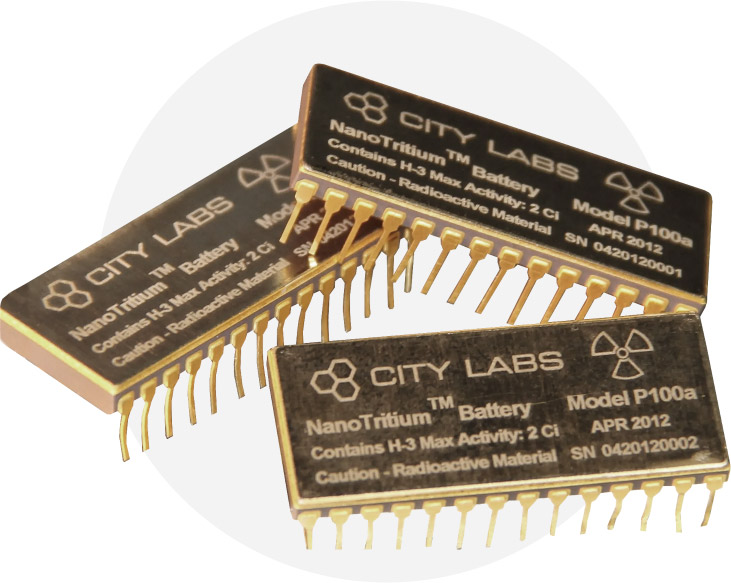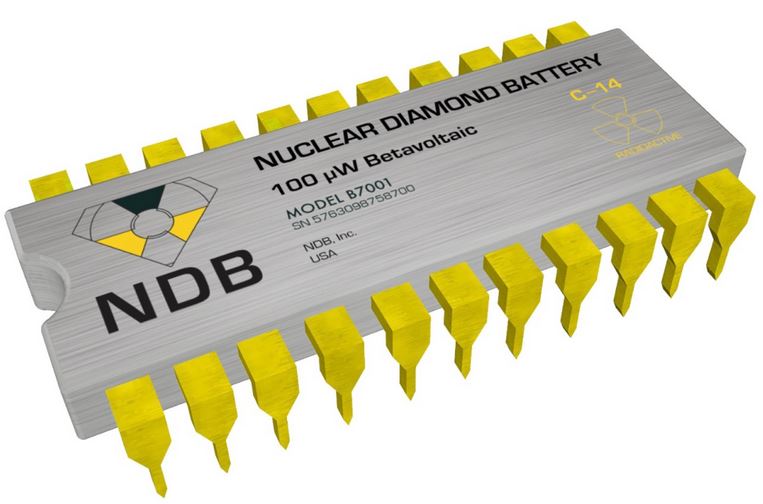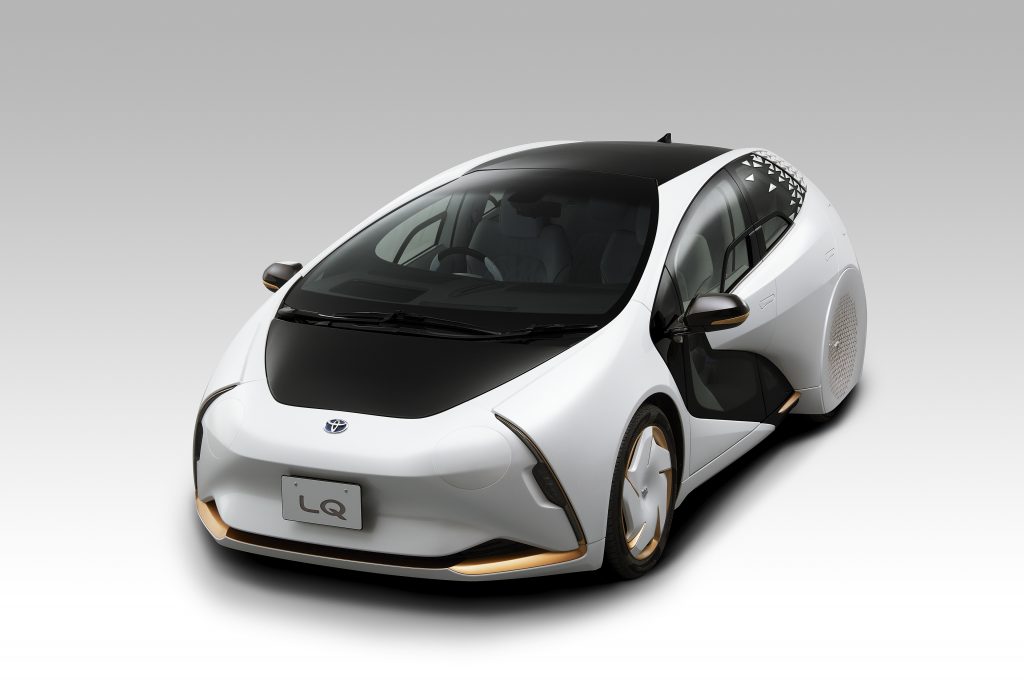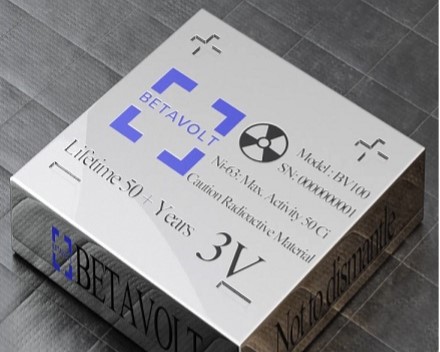In the vast tapestry of energy innovation, the narrative of nuclear power has woven threads of both fantasy and destruction. The mere mention of nuclear energy often conjures images of futuristic landscapes, where unseen forces hold the key to unparalleled power. Yet, the spectre of destruction, epitomized by events like Chernobyl and Fukushima, has cast a long shadow over the potential of harnessing atomic energy. However, as the pages of scientific discovery turn, a new chapter is being written—one that speaks of sustainability and transformative possibilities.
Within this evolving saga, the emergence of nuclear batteries stands as a testament to humanity’s quest for cleaner, more efficient energy sources. In this feature, we delve into the realm of nuclear batteries, exploring their breakthroughs, applications, and the promise they hold for the future of electric vehicles. From the fantastical dreams of atomic power to the pragmatic pursuit of sustainable energy, this is a journey into the heart of innovation, where nuclear technology unfolds its potential as a cornerstone for the next era in electric mobility.
Exploring the breakthroughs in nuclear battery technology
In a groundbreaking development, Chinese startup Betavolt has unveiled a nuclear battery that claims to generate electricity for an astounding 50 years without the need for charging or maintenance. This revelation has ignited discussions about the possibility of nuclear batteries shaping the future of electric vehicles (EVs) and other industries. Let’s delve into the details of Betavolt’s nuclear battery, assess its pros and cons, and explore the broader implications for the automotive sector.

Betavolt Nuclear Battery(Courtesy-Betavolt)
Betavolt’s nuclear battery: a game-changer in energy innovation
Betavolt, based in Beijing, has introduced a nuclear battery that boasts the unique ability to generate electricity for half a century without requiring recharging or maintenance. What sets this apart is the miniaturisation of atomic energy, achieved by placing nickel-63 isotopes into a module smaller than a coin. The nuclear battery has entered the pilot testing phase and is earmarked for mass production for various applications, including phones and drones.
How does the nuclear battery work?
The Betavolt nuclear battery operates by converting the energy released through the decay of isotopes into electricity. This process, initially explored in the 20th century, has seen advancements over the years. The technology, once utilized in spacecraft, underwater systems, and remote scientific stations, faced challenges due to cost and bulkiness. However, Betavolt’s breakthrough in miniaturisation holds the promise of overcoming these historical limitations.
Applications beyond electric vehicles
Betavolt envisions a wide range of applications for its nuclear battery, including aerospace, AI equipment, medical devices, microprocessors, advanced sensors, small drones, and micro-robots. The company asserts that this energy innovation positions China at the forefront of the AI technological revolution. The potential applications extend far beyond EVs, encompassing diverse industries that require long-lasting power solutions.
City Labs: pioneering NanoTritium batteries
While Betavolt leads the charge in China, City Labs, Inc., stands out as a pioneering innovator in the United States with its NanoTritium batteries. These batteries are designed for microelectronics, offering a remarkable continuous operation for 20 or more years without the need for charging. City Labs’ betavoltaic technology, powered by tritium beta decay, ensures a steady and predictable output throughout the battery’s lifespan.

NanoTritium batteries
Advantages of NanoTritium batteries
City Labs’ NanoTritium batteries present several advantages:
- Continuous operation for over 20 years without charging.
- Resistance to extreme temperatures (-55º C to +150º C) with minimal efficiency loss.
- Customizable shapes and dimensions to optimize performance.
- Safety, robustness, and no external radiation emission.
Tritium: the safe nuclear isotope
Tritium, the beta-emitting byproduct of certain nuclear power plants, serves as the fuel for NanoTritium batteries. Unlike conventional batteries reliant on chemical reactions, tritium betavoltaic batteries offer stability and predictability in power output. Tritium’s half-life of 12.32 years ensures longevity, making these batteries an ideal solution for long-term power needs.
Prospects for electric vehicles: bridging the gap
The convergence of Betavolt’s nuclear battery and City Labs’ NanoTritium batteries presents a compelling narrative for the future of electric vehicles. The compact size, extended lifespan, and environmental friendliness of these nuclear batteries address critical challenges faced by EVs, particularly in the realm of battery life, efficiency, and sustainability.
Overcoming challenges: the road ahead
As the automotive industry navigates towards a sustainable and electrified future, nuclear batteries offer a potential solution to challenges related to battery degradation, charging infrastructure, and environmental impact. The safety assurances, efficiency, and longevity of nuclear batteries position them as contenders in revolutionizing the energy landscape for electric vehicles.
Exploring the landscape of electric vehicle batteries
Before delving deeper into the potential of nuclear batteries, it’s crucial to understand the current landscape of electric vehicle batteries. EV batteries are at the forefront of the sustainable transportation revolution, providing a clean and efficient alternative to traditional internal combustion engines.
The lifecycle of an EV battery involves manufacturing, usage, and recycling. While advancements in technology have extended battery lifespan, gradual degradation still occurs over time. Modern lithium-ion batteries, common in EVs, can last for several hundred charge cycles before experiencing significant capacity reduction.
City Labs’ contribution to the nuclear battery industry
City Labs, Inc. emerges as a key player in the nuclear battery industry with its NanoTritium batteries. These batteries convert tritium beta decay into electricity for various microelectronics devices. City Labs’ betavoltaic batteries are built for low-power sensors, microelectronics, microcontrollers, and more.
The unique features of City Labs’ batteries
City Labs’ NanoTritium batteries boast several distinctive features that set them apart in the nuclear battery landscape:
Extended operational lifespan: Betavoltaic batteries from City Labs can operate continuously for 20 or more years without needing to be charged, providing a long-term power solution for diverse applications.
Temperature resilience: City Labs’ betavoltaics can operate in environments ranging from -55º C to 150º C, with minimal efficiency loss even in extreme temperature conditions.
Customizable shapes and dimensions: The technology developed by City Labs allows for shapes and variable dimensions that are both customizable and versatile, catering to the specific needs of different industries.
Safe and emission-free: NanoTritium batteries harness the process of radioactive decay, emitting no external radiation. They have been proven to be safe, robust, and environmentally friendly.

Addressing challenges in the nuclear battery industry
City Labs’ products have been instrumental in addressing long-standing challenges in the nuclear battery industry. The unique features of their betavoltaic technology contribute to reliability, safety, and consistent performance.
The functionality of NanoTritium batteries
City Labs’ NanoTritium batteries function by converting the incident energy of decaying beta particles into electricity. Radioactive decay is a natural process that does not require artificial chemical reactions. In extreme hot and cold conditions, tritium will continue to emit beta particles, ensuring a steady and predictable output throughout the battery’s lifespan.
Why nuclear batteries for electric vehicles?
The automotive industry is at a crossroads, with the shift towards sustainable and electrified transportation. As electric vehicles gain prominence, the limitations of traditional batteries become apparent. The lifecycle of conventional lithium-ion batteries, while significantly improved, still involves degradation over time.

Nuclear batteries, as exemplified by Betavolt and City Labs, offer a compelling alternative. The extended operational lifespan, temperature resilience, and emission-free nature of these batteries address critical concerns in the electric vehicle sector. The compact size of these nuclear batteries further opens up possibilities for diverse applications, from smartphones to drones.
Betavoltaics in electric vehicles: a vision for the future
Betavoltaic batteries, as introduced by Betavolt, showcase immense potential for revolutionizing the electric vehicle landscape. The prospect of EVs powered by nuclear batteries raises intriguing possibilities:
Extended range: The longevity of nuclear batteries could translate into significantly extended ranges for electric vehicles, alleviating one of the primary concerns for consumers.
Reduced environmental Impact: The environmental benefits of nuclear batteries lie in their emission-free operation and the use of isotopes that turn into stable, non-radioactive elements after the decay period.
Compact design: The miniaturisation achieved by Betavolt opens avenues for incorporating nuclear batteries into the design of EVs without compromising space or adding excessive weight.
Challenges and considerations
While the potential of nuclear batteries in electric vehicles is promising, challenges and considerations must be acknowledged:
Safety concerns: Despite assurances of safety from both Betavolt and City Labs, public perception and regulatory scrutiny regarding the use of nuclear technology in consumer products may pose challenges.
Production and scale-up: Mass production of nuclear batteries for widespread use in electric vehicles would require significant investments and advancements in manufacturing processes.
Waste management: Proper disposal and recycling mechanisms must be established to manage the nuclear components at the end of a battery’s operational life.
The regulatory landscape and public perception
As with any groundbreaking technology, the acceptance and integration of nuclear batteries into electric vehicles hinge on regulatory frameworks and public perception. Regulatory bodies would need to establish guidelines for the safe use of nuclear batteries in consumer products, particularly in the automotive sector.
Public perception plays a crucial role, and transparent communication about the safety, environmental impact, and benefits of nuclear batteries would be essential. Addressing concerns through education and awareness initiatives could pave the way for a smoother adoption process.
The roadmap to commercialization
Both Betavolt and City Labs are in pivotal stages of development and testing. Betavolt’s nuclear battery has entered the pilot testing phase, while City Labs continues to refine its NanoTritium batteries. The trajectory towards mass production and commercialization involves overcoming technical challenges, ensuring regulatory compliance, and building public trust.
Paving the way for a new era in electric mobility
The unveiling of Betavolt’s nuclear battery and the advancements by City Labs mark a significant stride towards a new era in electric mobility. The potential of nuclear batteries to address the limitations of traditional energy storage devices opens up exciting possibilities for the automotive industry. As research and development continue, collaboration between innovators, regulators, and the public will be crucial in realising the promise of nuclear batteries in shaping the future of electric vehicles. The road ahead involves navigating challenges, building infrastructure, and fostering a paradigm shift towards cleaner, more sustainable transportation powered by nuclear innovation.



